The survival of an ancient desert icon is no longer left to chance.
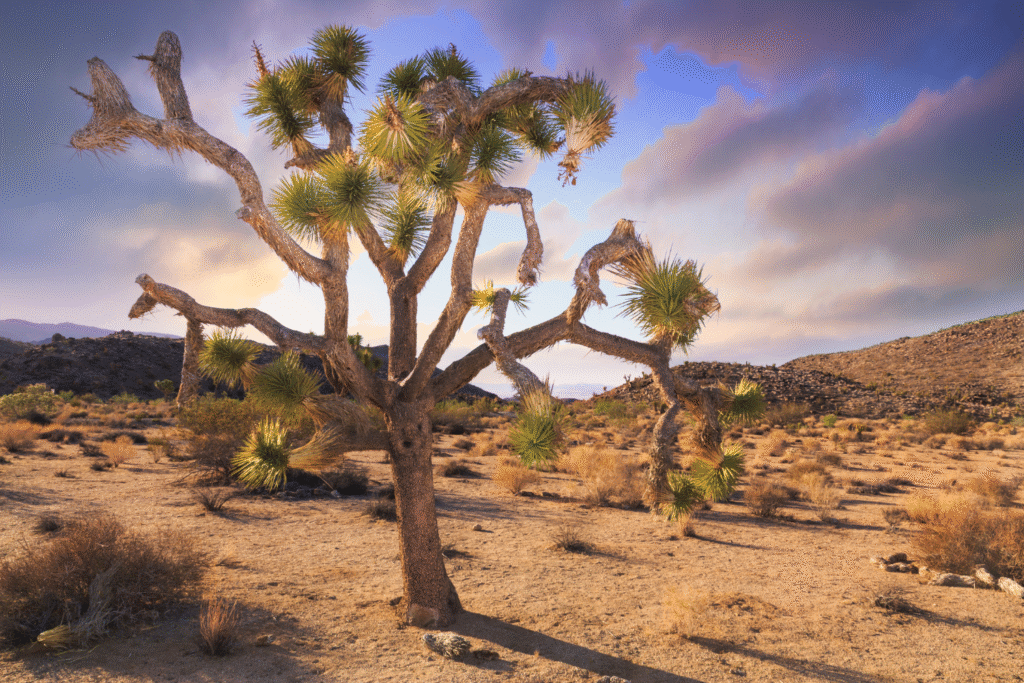
California’s high desert has always felt timeless, with Joshua trees standing like guardians scattered across the Mojave. For centuries, they endured wind, drought, and blistering summers. But as temperatures rise and wildfires race across dry brush, scientists warn that these trees—symbols of resilience—could disappear from much of their native range by the end of the century. The threat is not abstract, it is written in scorched bark and failed seedlings.
Now, for the first time, the state has approved a plan built specifically around saving Joshua trees. This isn’t just a new conservation project; it is the recognition of a climate future where survival requires planning, funding, and law. The plan includes legal protections, new funding streams, and commitments to rethink how we manage desert growth. For a tree that outlasted mammoths, this marks the beginning of a deliberate human partnership to keep it alive.
1. Legal protection places Joshua trees under the state’s wing.
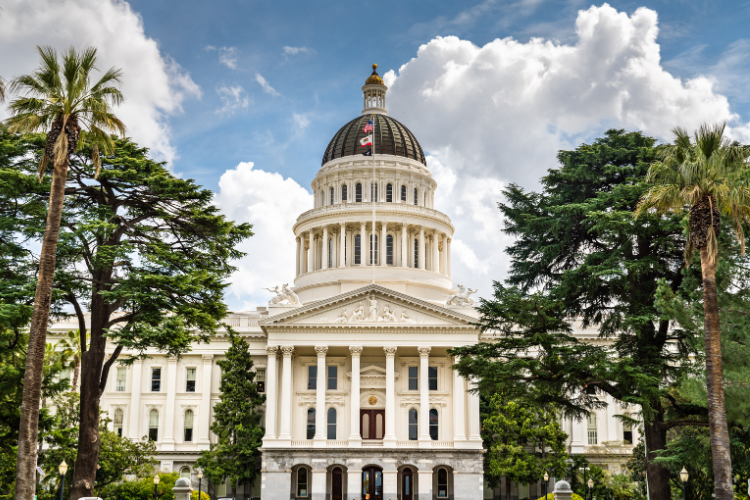
California’s plan formally lists the western Joshua tree as a candidate species for long-term protection. According to the California Department of Fish and Wildlife, this means development permits will now require mitigation measures to offset any harm to the species. For decades, these trees existed in a gray area—iconic but not legally shielded. That status has shifted, and with it comes enforceable limits on how landowners and cities manage construction.
The impact will ripple outward. Developers will face stricter review, conservation areas will receive priority funding, and removal of trees will require permits. This shift doesn’t freeze growth, but it ties every decision to a calculation about survival. The desert’s most recognizable silhouette now carries legal weight, transforming from scenery into a protected neighbor written into state law.
2. Wildfire risk is directly addressed in the plan.
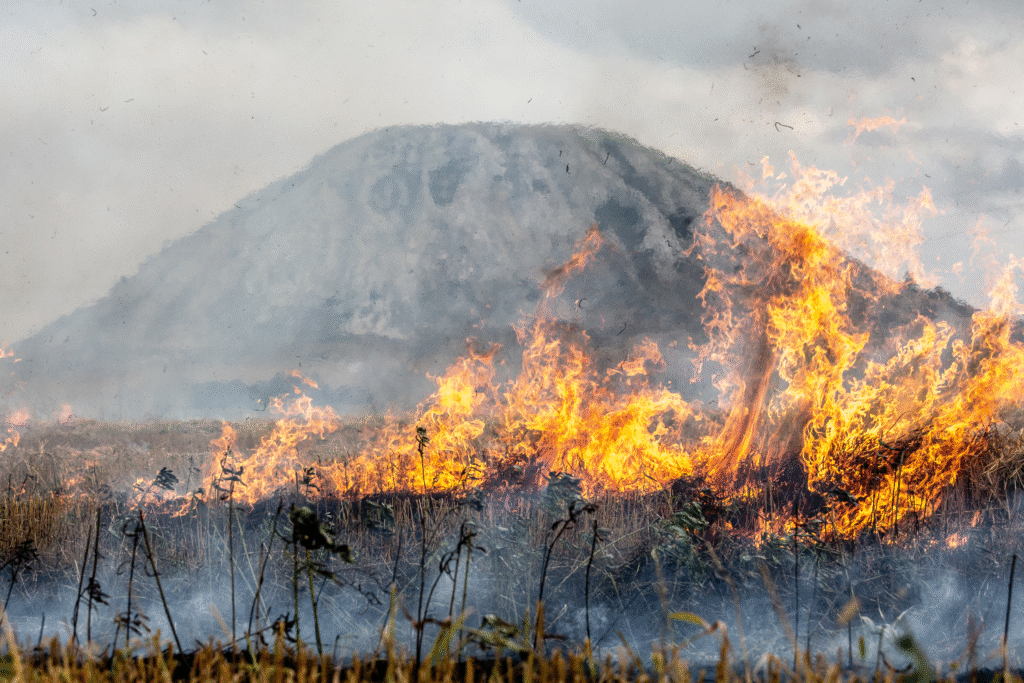
One of the most pressing threats to Joshua trees comes from megafires tearing through the Mojave, fueled by invasive grasses. The plan sets aside resources for wildfire management, including vegetation clearing and controlled burns in key areas. Firefighters and conservationists will work together to create fuel breaks that specifically defend Joshua tree groves. These strategies were identified as critical in a state review reported by the California Fish and Game Commission.
The recognition matters because fire spreads differently in desert ecosystems. Unlike forests that regenerate, Joshua trees struggle to re-sprout once burned. Protecting them means preventing flames from reaching them in the first place. That requires tailored approaches, from invasive grass removal to building protective perimeters. The plan acknowledges that if we ignore fire, no amount of planting will restore what is lost.
3. Climate modeling drives the urgency behind the plan.
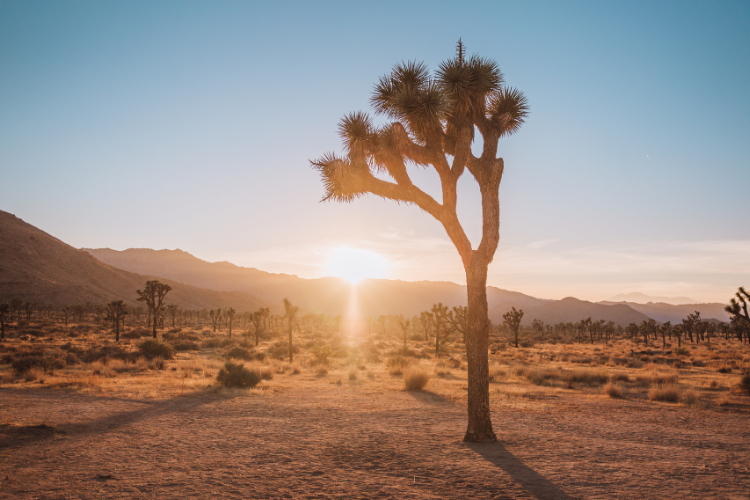
Computer models show that by 2100, much of Joshua Tree National Park could be too hot for new Joshua tree seedlings to survive. As discovered by the U.S. Geological Survey, up to 90 percent of their current range may become uninhabitable if warming trends continue. This projection underpins the entire plan, turning climate science into policy.
The numbers are grim, but they give shape to the urgency. Without intervention, younger generations of trees will fail to replace the older giants, leaving ghostly stands to fade. By centering climate projections in the plan, California signals a shift: the fight to protect Joshua trees is not about the past but about what deserts look like fifty years from now. Policy is finally catching up to prediction, and survival depends on keeping that link alive.
4. Restoration efforts include planting seedlings in cooler refuges.
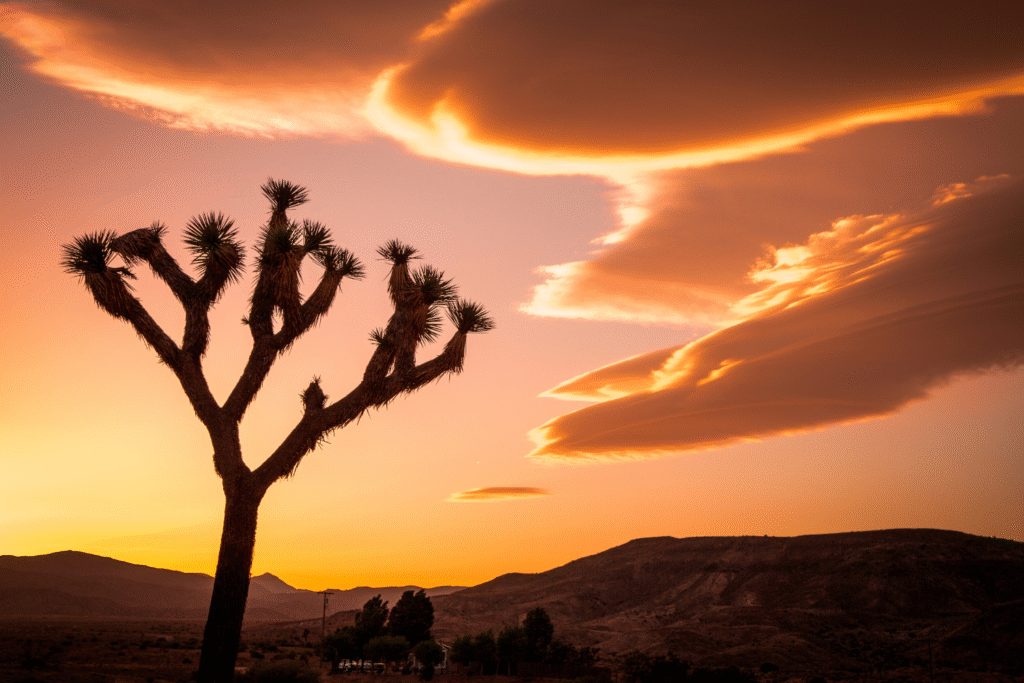
Protecting current groves isn’t enough, so the plan funds experimental planting in higher-elevation areas where future climates may remain suitable. These sites act as climate refuges, places where trees could thrive even as lower elevations become inhospitable. Conservationists are treating this as assisted migration, moving the species into zones where it may endure the century ahead.
Such efforts are controversial, but they also reflect pragmatism. Waiting for natural migration would be too slow. By actively creating new groves, scientists give Joshua trees a running start. Each seedling becomes part of a long bet on the desert’s future, where survival depends on anticipating the heat rather than reacting to it.
5. Development rules now balance growth with survival.
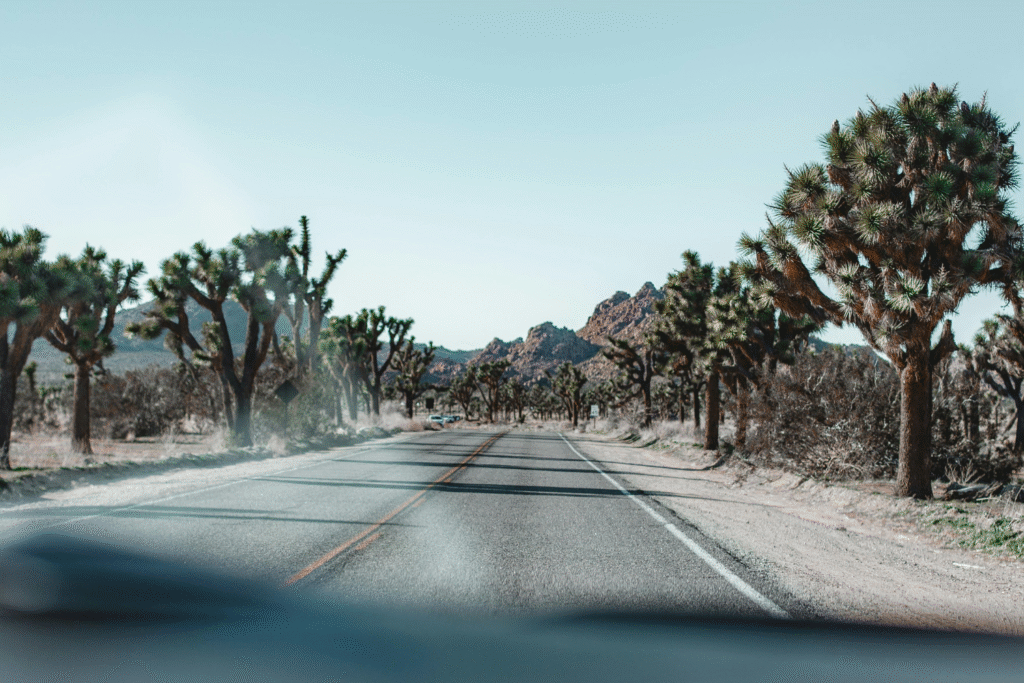
Rapid desert expansion, from housing tracts to solar fields, has cut directly into Joshua tree habitat. The new plan doesn’t halt development but requires permits and mitigation fees that will funnel money into conservation. This ensures that growth pays into the very system it threatens, creating a cycle where each new building helps fund protection.
It’s a balancing act. Communities will still expand, but with new guardrails. Landowners will no longer treat Joshua trees as incidental obstacles—they are central to the environmental review process. This shifts the economics of growth, recognizing that the landscape isn’t blank space but a living system with costs and consequences.
6. Tribal voices shape management strategies.
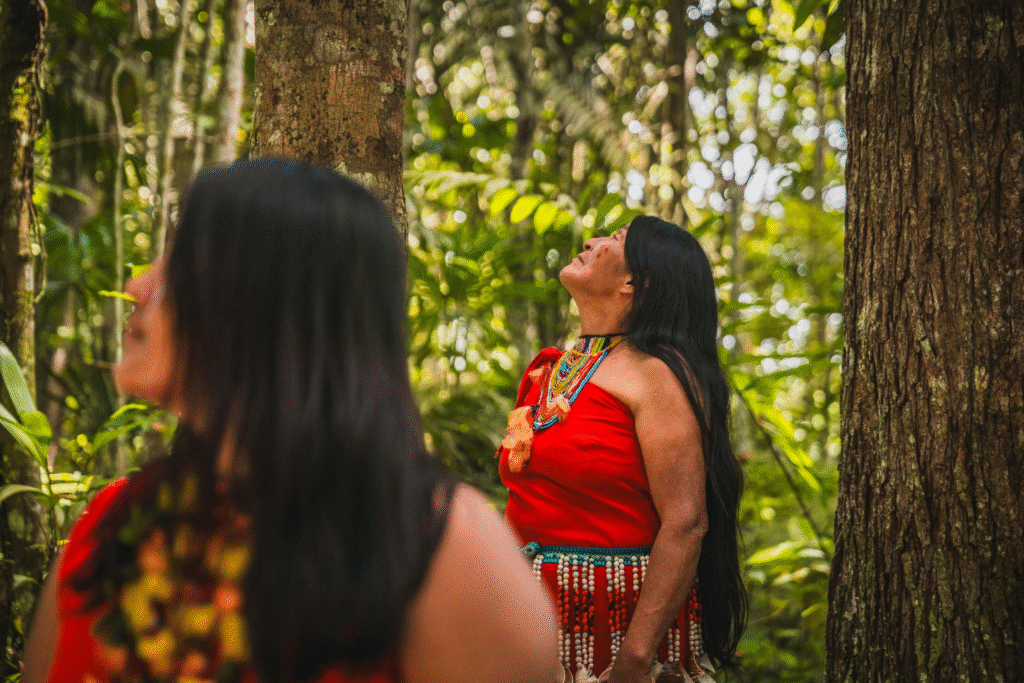
Indigenous communities who have lived with Joshua trees for generations are included as stakeholders in the plan. Their knowledge of desert ecology and cultural ties to the species inform how restoration and protection projects move forward. This inclusion represents a shift away from purely top-down science toward shared stewardship.
By weaving traditional knowledge into policy, California acknowledges that conservation is not only about numbers and models but also about cultural continuity. Protecting Joshua trees becomes both ecological and spiritual work, and that framing strengthens the political will to sustain it. Their survival is tied not just to the future of a species but to human heritage embedded in the desert.
7. Funding streams provide long-term stability.
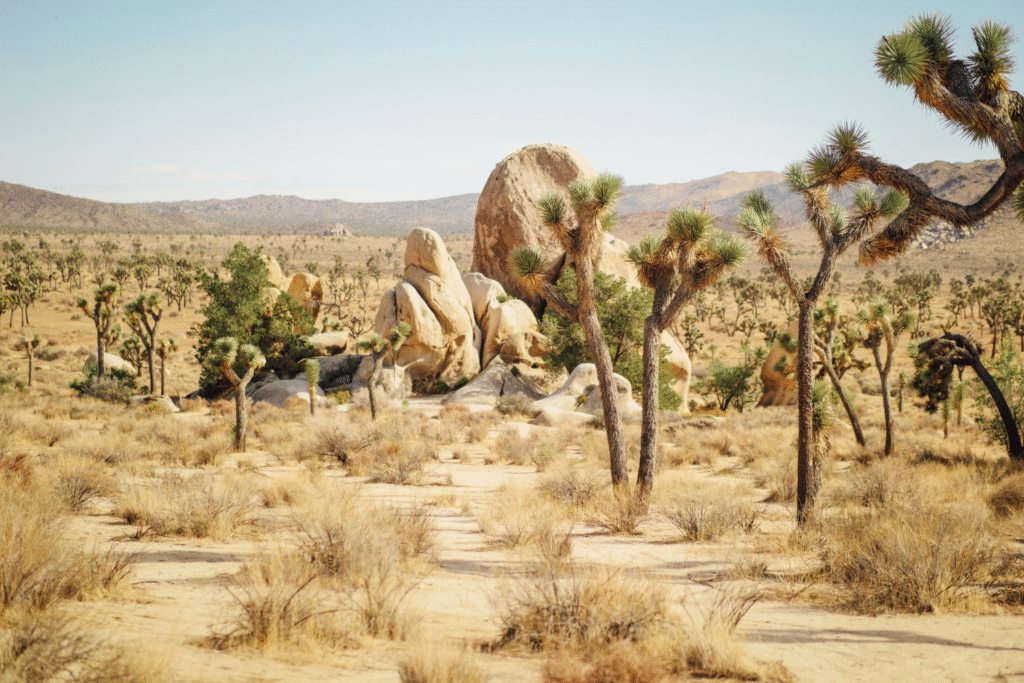
The plan establishes a dedicated conservation fund supported by mitigation fees and state appropriations. This money will bankroll wildfire prevention, restoration planting, and land purchases. One of the greatest failures of past conservation efforts has been inconsistency; projects start with a surge of funding and collapse when budgets tighten.
By guaranteeing ongoing revenue, California ensures that protecting Joshua trees isn’t a one-time act but a continuous process. This also creates accountability—developers know their fees serve a direct purpose, and residents can track how funds are spent. Stability transforms intentions into durable action, giving the plan teeth beyond headlines.
8. Research commitments keep the plan adaptable.
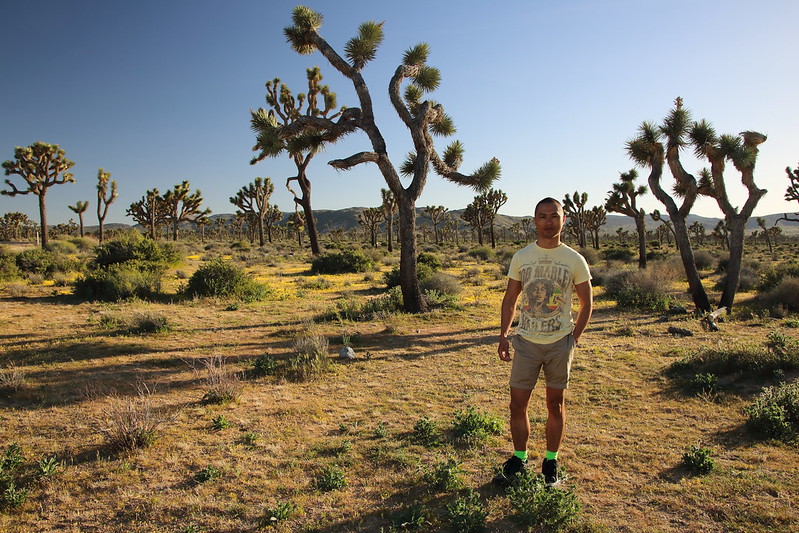
Scientists will monitor how Joshua trees respond to protection measures, adjusting strategies as data comes in. Long-term studies will track survival rates of seedlings, impacts of controlled burns, and genetic diversity in restored groves. This adaptive management makes the plan a living document, not a fixed policy.
The flexibility matters because climate change brings surprises. By embedding research into the plan, California accepts that what works now may not work in 20 years. That humility strengthens resilience. Protection isn’t a finished product; it is an experiment carried out in real time with the desert as its laboratory.
9. Public education becomes a frontline defense.

The plan invests in outreach campaigns to connect residents and visitors with the importance of Joshua trees. Informational signage, school programs, and community events will remind people that every choice—from campfires to housing permits—affects these giants. Awareness doesn’t stop fires or heat, but it shapes behavior in ways that reduce risk.
By tying the trees to local identity, the plan builds allies outside government. Tourists learn why sticking to trails matters, homeowners see why mitigation fees exist, and children grow up knowing that these trees are worth fighting for. Conservation thrives when it’s cultural as well as legal.
10. The survival of Joshua trees becomes a test for climate policy.
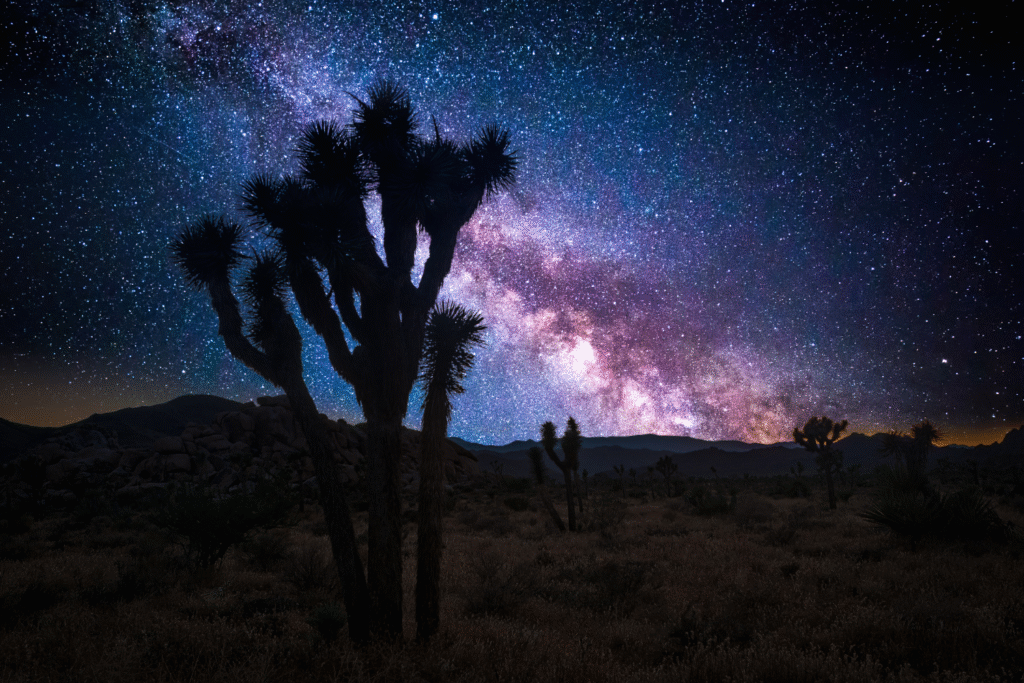
This plan is about more than one species. It is a trial run for how California—and by extension, the world—handles climate-driven habitat loss. If the state succeeds, it proves that proactive, species-specific protections can preserve ecosystems under stress. If it fails, it signals that even iconic species are vulnerable when policies move too slowly.
Joshua trees now stand at the center of a broader experiment in governance and resilience. Their survival is not only a desert story but a global one, reminding us that the choices we make in the coming decades will decide what the future landscape looks like, and who remains in it.
